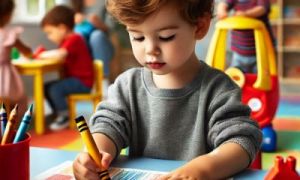Oscar-Claude Monet was a pioneer of the French Impressionist style of painting. According to this, an artist’s impressions of a landscape or object are more important than how it really looks. Yet another feature of his art was the painting of the same scene many times in order to capture the changing of light and the passing of the seasons. The following provides information on Claude Monet's art experiences that can be created by children.
Finger Painting Bridge
Monet used broad brush strokes to build up his pictures. The images on his paintings were without definitive outlines and so appear to be smudged around the edges. This feature of Monet’s artistic technique can be expressed particularly well with finger painting – besides what could be more fun for kids than dipping one’s fingers in paint and getting messy! On white cardstock paper, help children stick bits of white masking or painter's tape to form the outline of a curved bridge. Small sections of tape can be used for the slats – there can be around five or six of them across the bridge at equal intervals. Educators may want to do this step ahead of time by educators when working with very young children.
Next, provide children with paints in many colours for them to dip their fingers in. Then show them how to dab their finger multiple times to start filling in the canvas. This is a great place to help them learn ways of blending colours – like by overlapping fingerprints – and how similar colours like shades of green and blue can be used together to create depth. Encourage children to continue filling in the canvas with a multitude of colours and blends, going beneath the bridge and around the slats. Once the paint has dried completely, invite the little artists to peel of the tape to reveal their beautiful Monet-inspired paintings.
Tissue Poppy Collage
Though water lilies are one of the best-recognized flowers in Monet’s paintings, he also made several on poppy fields – and with their bright red colour, poppies are bound to get children interested as well. Before children start, it would be a good idea for educators to cut and keep 1 or 2-inch squares of tissue paper in colours like orange, yellow, black and different shades of red and green. Other than these children need a piece of card stock paper, diluted glue, paint brushes or small foam brushes. Get children to first coat the stock paper with diluted glue. They can then place squares of green tissue paper to create the background field. This would be a good place to show them how overlapping tissue paper pieces can create different hues and colours and how wrinkling the paper can create texture.
Next, have the children apply a thin layer of glue on top of the green tissue paper layer. Show them how to make “poppies” by rolling squared tissue on the end of a pencil which can then be dipped in glue, and stuck onto the green field. Similarly, paste crumpled-up black tissue paper to mark the centre of the poppy. Mount the completed collage on white construction paper and encourage children to view it from some distance so that their artwork – like Monet’s – look clearer.
Further Reading
Jackson Pollock For Children - Jackson Pollock was an American artist who painted in the abstract expressionist style. He is best known for works created by dripping and splashing paint on a large canvas that would lie flat on the floor. The following lists activities to explore Jackson Pollock with children.
Pablo Picasso For Children - Considered one of the greatest artists of the 20th century, Pablo Picasso is famous for a style of painting known as Cubism. The following lists activities to explore Pablo Picasso with children.
Andy Warhol For Children - Andy Warhol became famous as an artist in the Pop Art movement which uses images from popular cultures like advertising, comic books and other everyday objects. The following provides information on Andy Warhol's art experiences that can be created by children.
Vincent Van Gogh For Children - Dutch painter Vincent Van Gogh has been widely acclaimed as one of the greatest figures in the history of art. His works exude intense emotional power with their vivid colours and bold brushstrokes. The following provides information on Vincent Van Gogh's art experiences that can be created by children.
Salvador Dali Art Projects For Children - Salvador Dali was a famous Spanish artist known for being unconventional in both his creations and appearance. His paintings, sculptures and films often have a dream-like quality about them, often because the bizarre landscapes or actions depicted cannot happen in the real world. The following lists activities to explore Salvador Dali with children.
References:
- Claude Monet Facts for kids
- Monet Craft For Kids
- Top 10 Claude Monet Art Projects For Kids


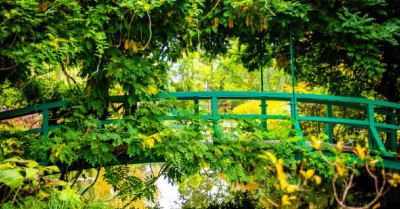
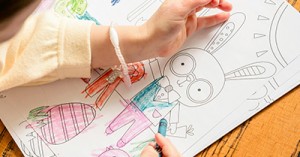
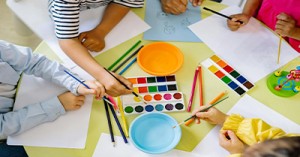
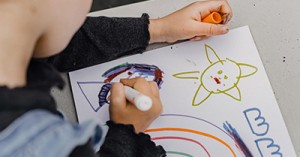
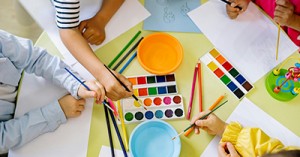
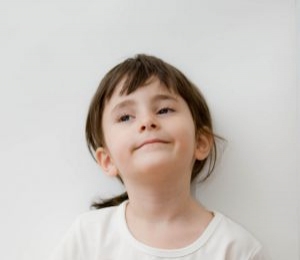 Open ended questions cannot be responded to with one word answers such as yes or no. These types of questions enables a child to provide
Open ended questions cannot be responded to with one word answers such as yes or no. These types of questions enables a child to provide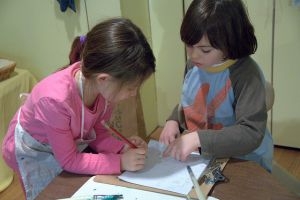 During your child’s preschool years, an important milestone begins to emerge. This is the development of pre-writing skills. Pre-writing skills are used to encourage, develop
During your child’s preschool years, an important milestone begins to emerge. This is the development of pre-writing skills. Pre-writing skills are used to encourage, develop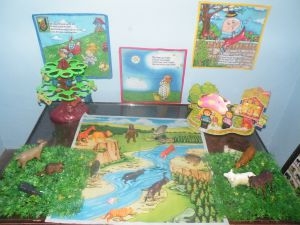 Open ended materials enables children to play freely. They are objects that have no rules to follow, use or function. Raw materials that can be
Open ended materials enables children to play freely. They are objects that have no rules to follow, use or function. Raw materials that can be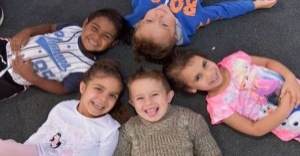 An Acknowledgment of the Country is a way of showing respect for the Traditional Owners and can be given by both non-Indigenous people and Aboriginal
An Acknowledgment of the Country is a way of showing respect for the Traditional Owners and can be given by both non-Indigenous people and Aboriginal Language plays an important role in a child’s development. It enables a child to communicate effectively with their family, learn at school, socialize with friends,
Language plays an important role in a child’s development. It enables a child to communicate effectively with their family, learn at school, socialize with friends,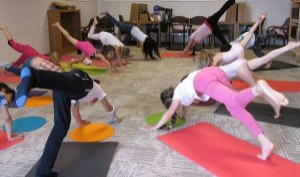 Like adults, children have to deal with their own stress in life. Moving house, starting a new school, preparing for a new sibling - these are
Like adults, children have to deal with their own stress in life. Moving house, starting a new school, preparing for a new sibling - these are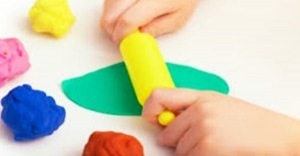 Playdough is such a versatile material. It provides numerous benefits to children as they manipulate it, it is safe and soothing and provides children with
Playdough is such a versatile material. It provides numerous benefits to children as they manipulate it, it is safe and soothing and provides children with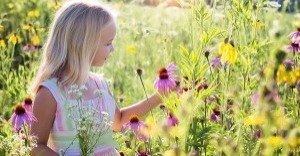 Teaching children about sustainability enables them to appreciate and respect the natural environment. Early childhood services can provide meaningful hand on learning experiences in order
Teaching children about sustainability enables them to appreciate and respect the natural environment. Early childhood services can provide meaningful hand on learning experiences in order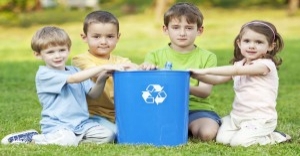 Recycling is an important concept that teaches children to care for the environment. It encourages children to be responsible and show a growing appreciating for
Recycling is an important concept that teaches children to care for the environment. It encourages children to be responsible and show a growing appreciating for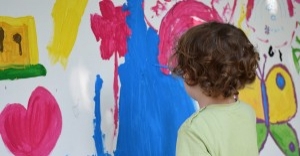 When children apply paint to paper, glue things together, or pound a lump of clay, they experiment with colour, shape design and texture.
When children apply paint to paper, glue things together, or pound a lump of clay, they experiment with colour, shape design and texture.
